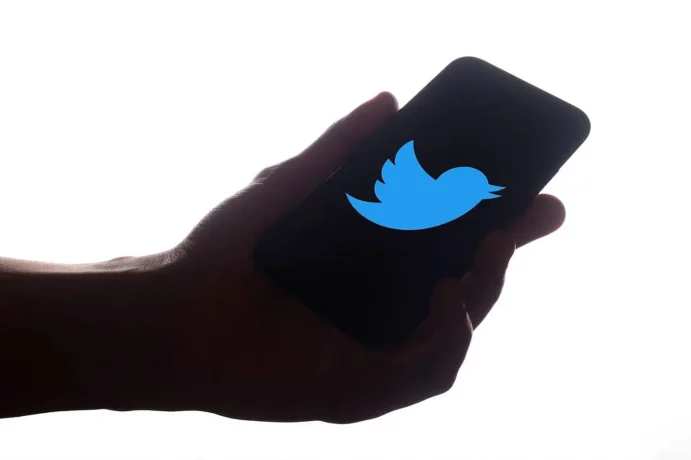Since Elon Musk’s arrival, Twitter has been going through various changes that he hopes will improve the platform. For example, according to an independent researcher Jane Manchun Wong, it appears as if the company is working on a new feature for the Android app.
She spotted changes in Twitter’s code indicating a return of end-to-end encrypted direct messages (DM). Twitter started making Twitter DMs more secure in 2018 but abandoned these efforts.
This feature is a primary selling point for secure messaging apps like Signal, whose popularity has risen significantly in the past few years. Journalists and protesters in authoritarian governments like Russia, Iran, and Belarus use encrypted messages to avoid surveillance.
ad
!=ad
Wong’s revelation
Twitter would have been at the forefront of secure messaging if it had launched the encrypted DM feature. But the project stopped without explanation until recently when Wong spotted Twitter working on the feature.
She tweeted a screenshot of Twitter’s code, which shows encryption keys and their applications in end-to-end encrypted conversations. The second screenshot has a conversion key, a security number generated by the user’s encryption keys. ‘If it matches the one on the recipient phone, the end-to-end encryption will be established,’ the message reads.
Musk replied to Wong’s tweets with a winking face emoji – a subtle confirmation. In fact, this might be the modus operandi after the company laid off its communication staff and no longer responded to comments.
End-to-end risks
Undoubtedly, Elon Musk is visionary. However, unlike the relaunch of the Twitter Blue subscription next month, the end-to-end encryption shouldn’t be rushed because of the apparent risks.
For instance, Meta has been developing end-to-end encryption (E2EE) in its Messenger since 2016. Recently, it has expanded the E2EE test to individual Messager chats.
The company said the delay addressed concerns that the security feature may shield children’s abusers from detention. Also, Meta wanted to introduce AI and machine learning technology to scan non-encrypted parts of the platform to detect malicious activities. Moreover, it wanted to ensure the abuse-reporting feature still works amid encryption.
In a nutshell, besides the technicalities of introducing E2EE, certain complicating factors should be considered. Rushing into it will raise concerns about how well-built and secure the feature is.
Plus, it’s unclear if the remaining workforce can handle the complex feature with the departure of key staff after the recent purge. This includes Lea Kissner, the chief information security officer, who would have understood the project better.
Moving in the right direction
Nonetheless, Musk seems optimistic that the encrypted feature is a step in the right direction. He recently tweeted, ‘the goal of Twitter DMs is to superset Signal.’ And to respond to a concern about Twitter merging with telecommunication or replacing WhatsApp, he said, ‘X will be the everything app.’
In this case, ‘X’ refers to Musk’s plan to make Twitter a super app that combines social networking, payments, entertainment, and more. He recently said that Twitter might soon allow people to send money, hold cash balances, and even have high-yield money market accounts.
